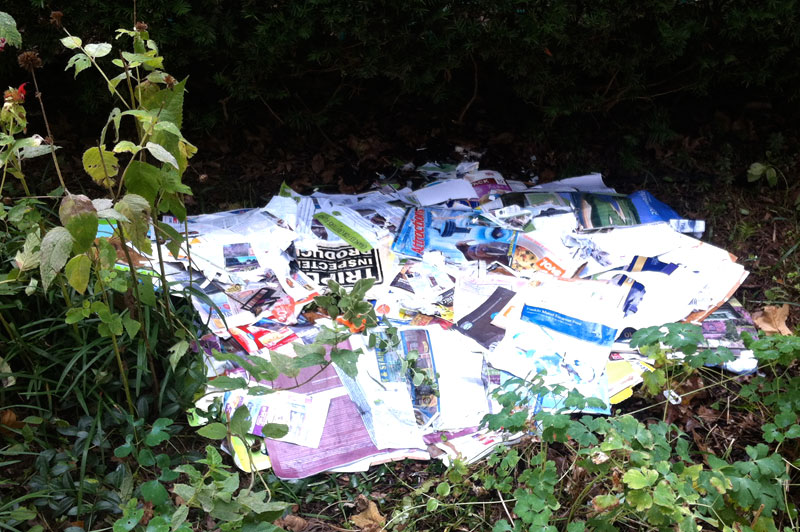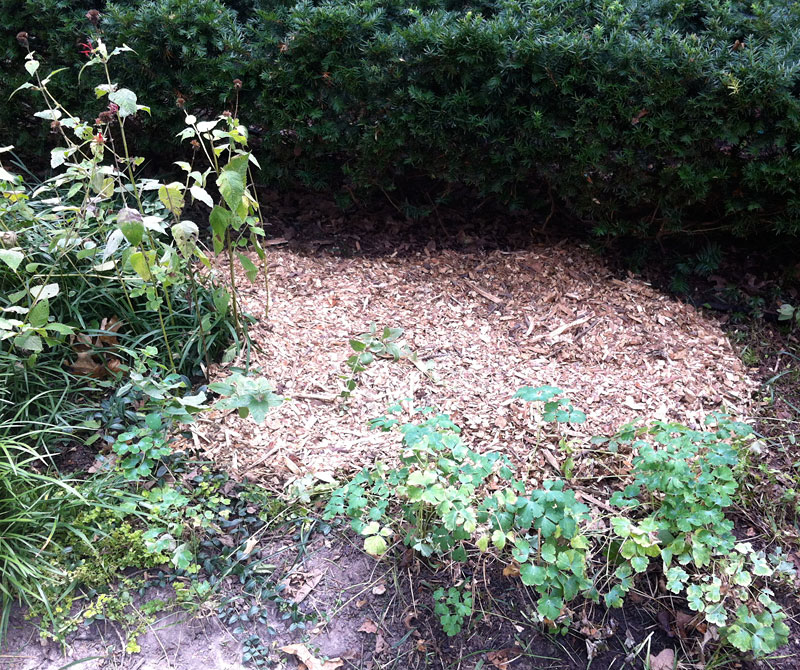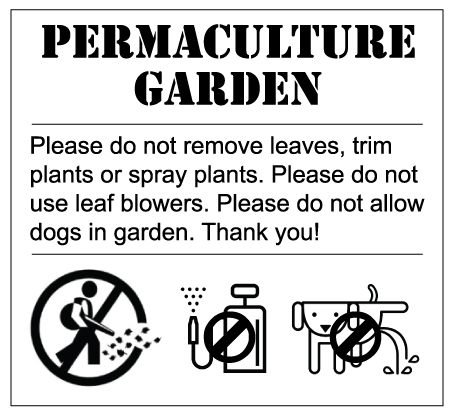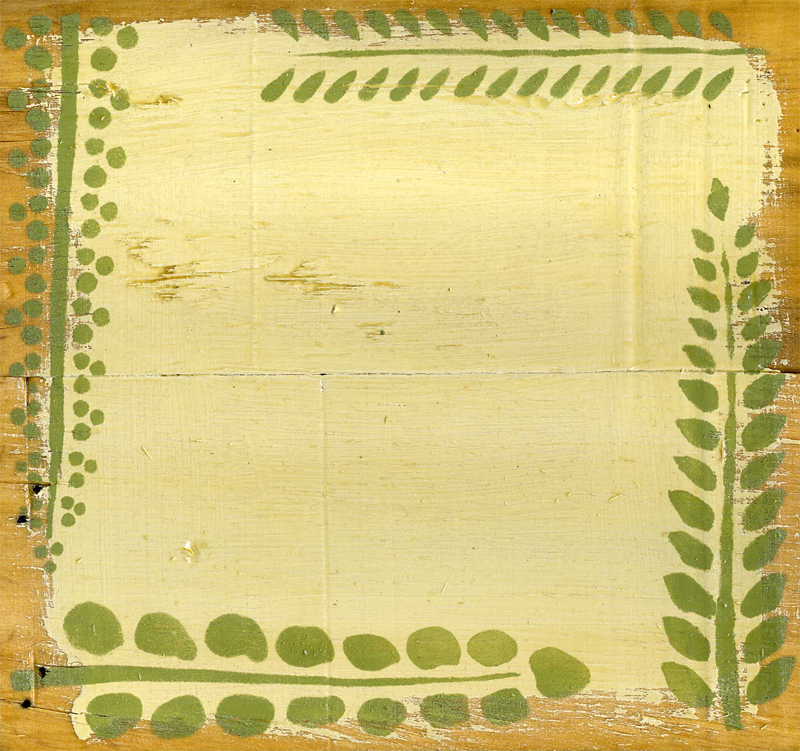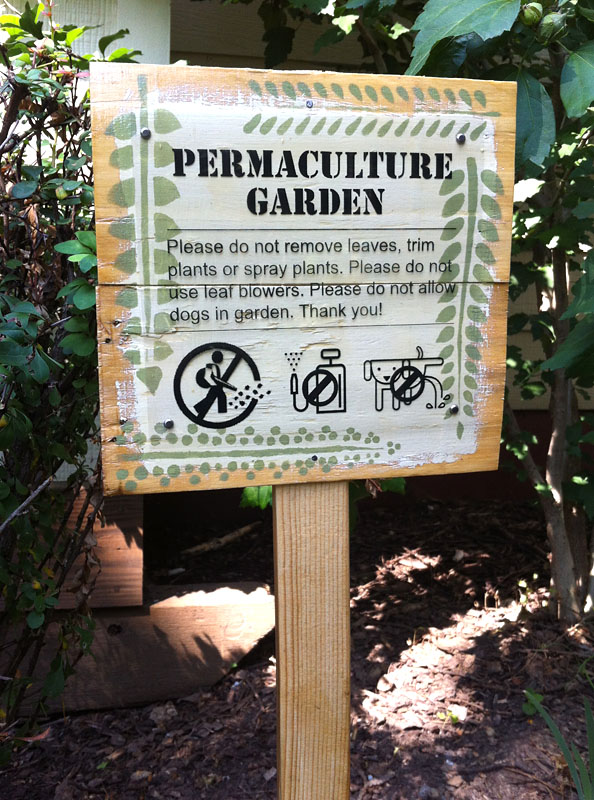Bringing color into a shady spot
I recently had a client ask me how to get more color into his shady yard. If you have a lot of shade in your garden and want a lot of color, that’s a challenge. Most flowering shade plants don’t bloom as heavily as plants for sun. Here are some ideas to help you get some color even with this limitation.
Bright colored foliage
In a shady garden, foliage that is golden in color (in reality more like lime green) or variegated with gold, cream, silver, pink or red is a great advantage. You wouldn’t want to use such bright foliage in the whole garden but an accent here and there looks fantastic. Some plants that do well in shade such as Hosta, Coleus, Lamium, Heuchera and Caladium feature many great foliage colors. There are groundcovers with beautifully colored foliage too.
Annuals for shade
Annuals tend to bloom for longer periods of time than perennials because they are trying to make as many seeds as possible to compensate for their shorter life. If constant color is a high priority try to include a lot of annuals in your design. Of course some of the plants we grow as annuals are actually perennials in warmer areas. Plant families to take a look at include Begonia, Nicotiana, Coleus, Torenia and Viola. Impatiens used to be my favorite shade annual but they are not recommended right now due to Impatiens Downey Mildew (IDM). Until a cure is found, you are likely wasting your money and possibly helping spread the disease if you buy Impatiens.
Perennials for shade
This is the category that I have the most personal experience growing. The main disadvantage to focusing on perennials is that they usually bloom only for short periods of time so much of the year you’ll just be looking at foliage. With careful planning using succession plantings and companion plants you can enjoy their brief period of color and let other plants be the focus at other times. In the perennials category you will have many more plant choices than with annuals. For maximum interest try to choose shade perennials that also have attractive or evergreen foliage.
In my part-shade conditions, the following plants with colorful flowers are very reliable – Wild Sweet William, Bee Balm, Columbine, Astilbe, Spiderwort, Vinca, Cranesbill, Golden Ragwort, Barren Strawberry and Lobelia. Of the above, I think Astilbe would be best suited to a garden that has more of a manicured look than a “wild” or informal look. I have an Astilbe that is as least 8 years old and has never spread or multiplied. Of the above choices it has the best foliage also, in my opinion.
I periodically walk the shady spots at Missouri Botanical Garden to get ideas for what to plant in my own part shade conditions. While I haven’t tried to grow these personally, from seeing them in use I think Brunnera, Caltha, Dicentra, Helleborus, Ligularia and Pulmonaria would be good plants to consider.
Spring ephemerals
Spring ephemerals are plants that die back when spring is over and the weather starts to get hot. This is also when trees really leaf out, so spring ephemerals are used to getting sun while they can and storing up their food for the next year early. You won’t get color all year with these, but since the foliage dies down for summer, they won’t be taking up space above ground while other plants are dominant. They are a good addition if your shade comes from trees – perhaps not so great if you have building shade. Examples of spring ephemerals are Mertensia, Chionodoxa, Narcissus and Scilla.
A touch of white
So far in this article I have focused on flowers that are a color and not white. Shade plants with white flowers are common so my focus here is to direct people to colors. However, I’ve found that in garden designs or any other kind of design, a touch of white here and there does add some pizazz. Don’t be afraid to try a little white to help your other colors “pop”.
The plants above are recommended for people who live in the St. Louis area, who have shade and whose highest priority is color. You may have other criteria that are just as important – Missouri native, food for wildlife, low-maintenance, deer-resistant, likes water, tolerates drought, etc. Try the MOBOT plant finder to narrow down your choices and learn about new possibilities – Plant Finder

